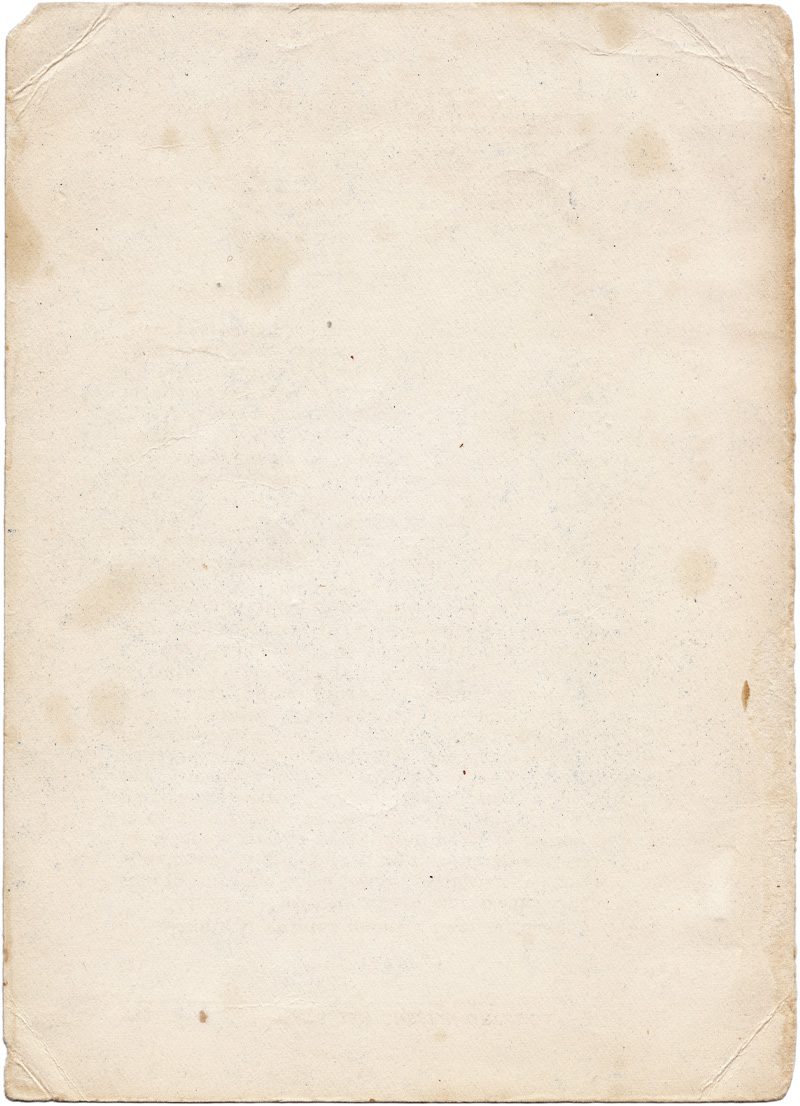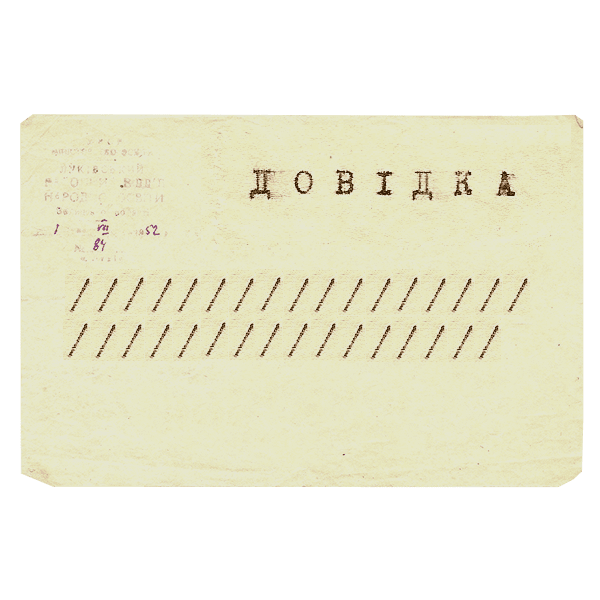

A thing that reminds me of voids
As you can see, there is nothing above this text. That's because it's a memorabilia I've never seen, don't know what it might look like, but like to fantasize about.
In the 1950s, my maternal grandfather was expelled from a university in Kabardino-Balkaria and sent to Zaporizhzhia to work at a factory, after they found out that he came from the Armenian region of Anatolia, which was considered Turkish in the USSR. This document about my grandfather’s deportation to Ukraine, which now exists only in the family’s imagination, has always had the flavor of a legend — something like a parable about how you can achieve anything, even despite the confusing routes the Soviet government pushes you to take. From an ordinary worker at the machinery, my grandfather quickly became the factory director, and this pass to a new life seemed to be one of the main exhibits in the family’s imaginary museum.
This directive (and was it a directive at all? Or an order?) no longer exists: it was lost in the relocations or careless sorting of accumulated papers. In the collection of essays “An Inventory of Losses,” Judith Schalansky writes about a taxidermied effigy of an extinct Caspian tiger that was destroyed by a fire in the Tashkent Museum of Natural History. Sviatlana Alexievich also writes about a similar double loss in “Last Witnesses”: children lose a document that assures them that their father has gone missing. Of course, these stories of a tiger that died twice and a father who disappeared twice, physically and documentarily, are much more tragic than the missing directive that changed my grandfather’s life. But for me, it’s about something else: about things that once existed and now have turned into white spots, into the presence of absence, and there’s nothing you can do about it, no matter how hard you imagine them.

